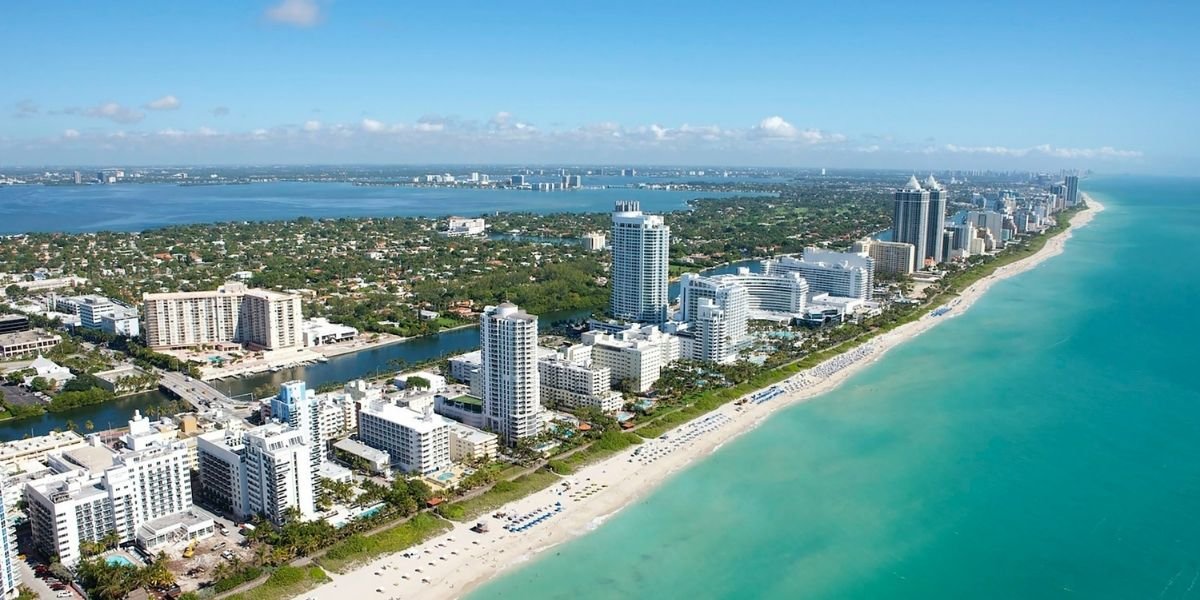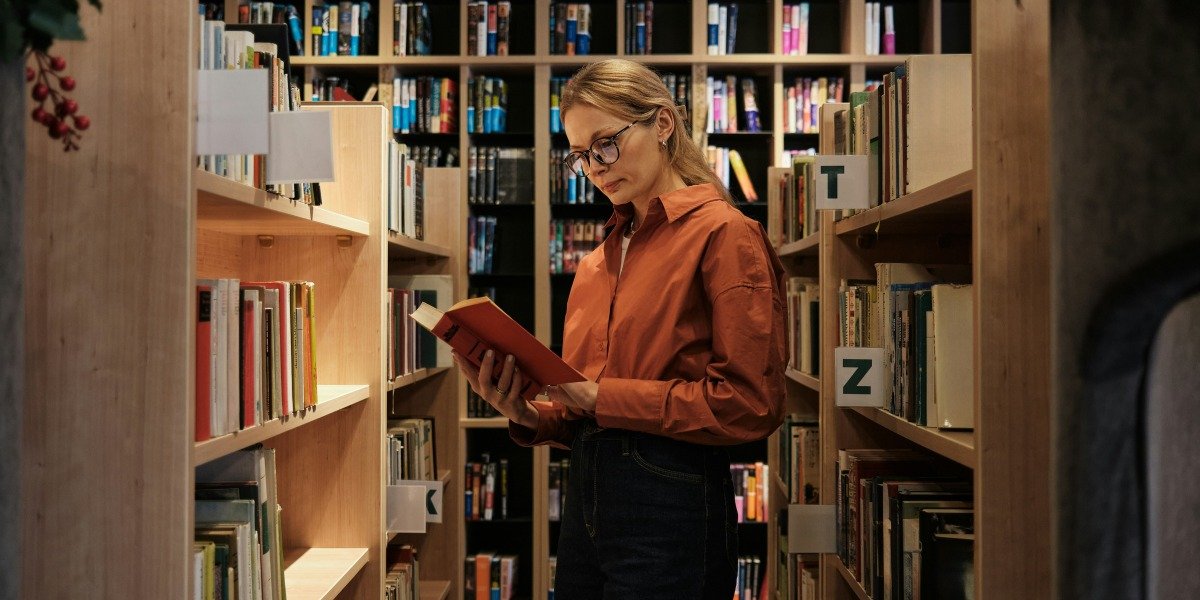Miami’s Smart City Expo Brings Global Innovation to Local Streets
Smart City Expo Miami isn’t just another tech conference—it’s a cultural remix of urban design, digital innovation, and community creativity. Held at Miami Dade College’s Wolfson Campus, the 2025 edition drew over 7,000 attendees from nearly 300 cities worldwide. Smart City Expo Miami now represents more than policy panels and infrastructure talks—it’s a platform where art meets AI and city planning gets a creative twist.
This year’s theme, “Human-Centered Cities,” resonated deeply with Miami’s own evolution. From Wynwood’s murals to Brickell’s tech towers, the city is a living canvas of innovation. The Expo tapped into that energy, showcasing how smart cities can be vibrant, expressive, and inclusive.
Tech Talks With a Miami Accent
The Expo’s speaker lineup included urbanists, technologists, and creatives who understand that smart cities aren’t just about sensors and data—they’re about people. Panels explored topics like ethical AI, digital twins, and participatory planning, all through the lens of Miami’s multicultural vibe.
One standout session focused on “Creative Placemaking,” where local artists and architects discussed how public art can shape civic identity. Miami’s own street art scene was highlighted as a global model for integrating culture into infrastructure. The city’s murals, installations, and pop-up galleries aren’t just decorative—they’re directional.
Another panel tackled climate resilience, with Miami’s coastal challenges front and center. Speakers emphasized the role of design in disaster preparedness, from flood-adaptive architecture to community-led mapping projects. It wasn’t just theory—it was Miami’s lived reality.
Urban Creativity Takes the Spotlight
Beyond the panels, Smart City Expo Miami turned downtown into a playground for urban creativity. Interactive exhibits lined the campus, including augmented reality murals, AI-generated music installations, and kinetic sculptures powered by solar energy.
Local artists collaborated with tech startups to create immersive experiences that blurred the line between public space and digital interface. One installation allowed visitors to “paint” with their gestures, using motion sensors and projection mapping. Another used real-time traffic data to generate ambient soundscapes that reflected the city’s rhythm.
These activations weren’t just eye candy—they were proof that Miami’s creative scene is shaping the future of urban tech. The city’s artists aren’t just responding to change—they’re driving it.
Miami’s Role in the Global Smart City Movement

Smart City Expo Miami isn’t a satellite event—it’s a flagship. As one of the few U.S. cities hosting the global Smart City Expo series, Miami is positioning itself as a leader in tech-powered urbanism. And it’s doing it with flair.
The city’s unique blend of Latin American influence, coastal geography, and creative energy makes it a natural incubator for smart city ideas. From mobility apps designed for multilingual users to public Wi-Fi zones that double as art installations, Miami is showing how tech can be tailored to culture.
International delegates praised Miami’s approach to “urban storytelling,” where data isn’t just collected—it’s visualized, narrated, and shared. Whether through digital kiosks or community dashboards, the city is making information accessible and engaging.
Local Voices, Global Impact
While the Expo featured global heavyweights, it also gave space to Miami’s grassroots innovators. Local nonprofits, student groups, and neighborhood councils presented projects that blend tech with community needs. From youth-led climate mapping to AI-powered transit feedback tools, the city’s next-gen thinkers were front and center.
One highlight was a showcase by Miami Dade College students, who built prototypes for smart benches that charge phones, display transit info, and host mini art exhibits. It was a reminder that innovation doesn’t just come from Silicon Valley—it thrives in classrooms, studios, and street corners.
The Expo also featured a “Creative Cities Lab,” where attendees could co-design future Miami neighborhoods using VR and collaborative mapping tools. It wasn’t just about imagining the future—it was about building it together.
Smart City Expo Miami Is More Than a Conference—It’s a Movement
As the event wrapped, one thing was clear: Smart City Expo Miami isn’t just shaping policy—it’s shaping culture. It’s where tech meets art, data meets design, and cities meet their creative potential.
Miami’s role in this movement is unique. It’s not trying to copy other smart cities—it’s creating its own blueprint, one that reflects its people, its pulse, and its possibilities. And with events like this, the city is proving that the future of urban life isn’t just smart—it’s expressive.







